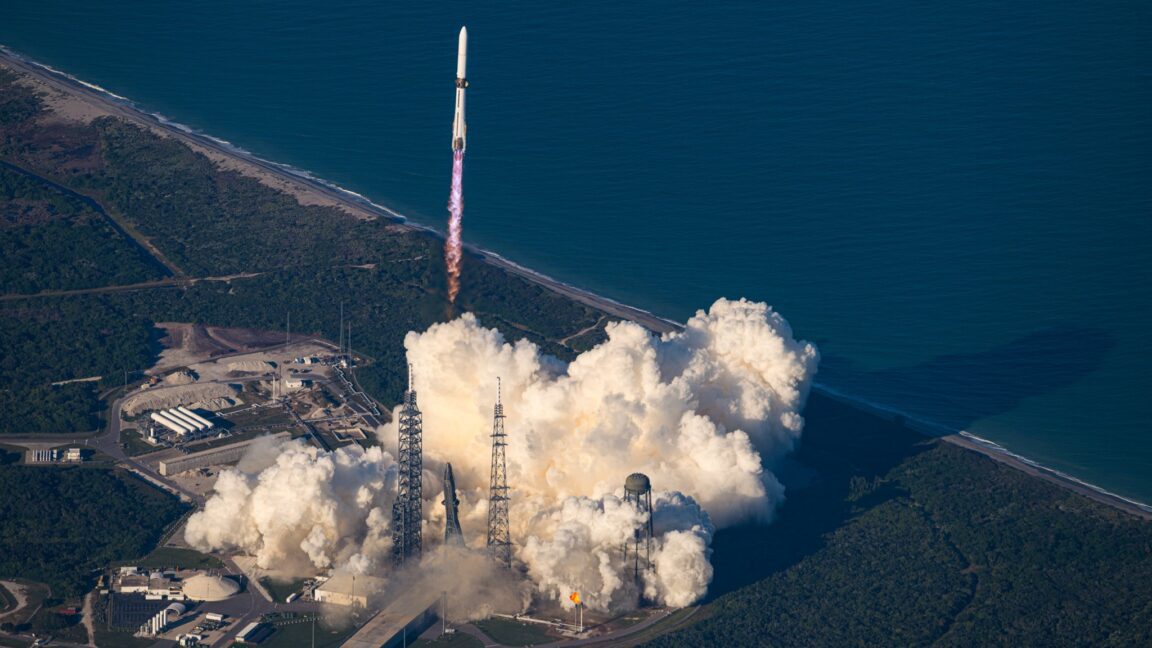
us spy satellites built by spacex send Recent findings reveal that approximately 170 Starshield satellites developed by SpaceX for the U.S. government’s National Reconnaissance Office (NRO) have been transmitting signals in unintended directions.
us spy satellites built by spacex send
Background on Starshield Satellites
SpaceX, a prominent player in the aerospace industry, has been expanding its portfolio beyond commercial space launches to include government contracts. One of its significant projects is the Starshield program, designed to enhance the United States’ satellite surveillance capabilities. The NRO, which is responsible for managing the nation’s reconnaissance satellites, has partnered with SpaceX to deploy these advanced satellites.
The Starshield satellites are equipped with sophisticated technology intended to monitor various activities on Earth, providing crucial intelligence for national security. The deployment of these satellites represents a substantial investment in the U.S. government’s efforts to bolster its surveillance infrastructure, particularly in an era where global threats are increasingly complex and multifaceted.
Discovery of Signal Anomalies
A recent investigation by a satellite researcher has uncovered that the Starshield satellites are emitting signals directed in the “wrong direction.” This revelation raises questions about the operational integrity of these satellites and the potential implications for international communications and spectrum management.
Nature of the Signals
The signals in question are transmitted from space to Earth, utilizing a frequency band that is internationally designated for Earth-to-space and space-to-space communications. The specific purpose of these signals remains unclear, which adds to the complexity of the situation. The lack of clarity surrounding the signals raises concerns about their intended use and whether they align with established international protocols.
Potential Implications
The unexpected emissions from the Starshield satellites could have several implications:
- International Relations: The use of frequency bands is often governed by international treaties and agreements. Any deviation from these norms could strain relations with other countries that rely on the same spectrum for their communications.
- Interference Risks: Although there have been no public complaints regarding interference caused by the Starshield emissions, the potential for disruption exists. If these signals interfere with other satellites or ground-based communications, it could lead to significant operational challenges.
- Transparency Issues: The discovery highlights a broader issue regarding the transparency of U.S. government operations in managing spectrum usage. The lack of coordination with other countries could reflect poorly on the U.S. and raise questions about its commitment to international cooperation.
Stakeholder Reactions
The revelation of the signal anomalies has elicited responses from various stakeholders, including government officials, satellite industry experts, and international regulatory bodies. Each group has expressed concerns regarding the implications of these findings.
Government Officials
Officials within the NRO and other government agencies have been monitoring the situation closely. While there has been no official statement regarding the anomalies, it is likely that internal reviews are underway to assess the operational status of the Starshield satellites. The NRO’s primary focus is to ensure that the satellites fulfill their intended purpose without causing unintended consequences.
Industry Experts
Experts in the satellite industry have weighed in on the situation, emphasizing the importance of adhering to international regulations governing spectrum usage. Many have pointed out that the Starshield satellites represent a significant advancement in surveillance technology, but operational integrity is paramount. Any missteps in signal management could undermine the credibility of the technology and the organizations behind it.
International Regulatory Bodies
International bodies responsible for managing satellite communications and spectrum allocation are likely to take a keen interest in the situation. These organizations play a crucial role in ensuring that countries adhere to established norms and practices in satellite operations. The unexpected emissions from the Starshield satellites could prompt discussions about the need for stricter regulations or enhanced coordination among nations.
Technical Considerations
The technical aspects of satellite communications are complex and require precise coordination. Satellites operate within specific frequency bands to avoid interference with other systems. The Starshield satellites, designed to operate within these parameters, appear to have deviated from their intended operational protocols.
Frequency Allocation
Frequency allocation is a critical component of satellite operations. The international community has established guidelines to ensure that different types of communications do not interfere with one another. The frequency bands used by the Starshield satellites are intended for specific purposes, and any unauthorized emissions could disrupt existing services.
Potential Solutions
Addressing the issues surrounding the Starshield satellites will require a multifaceted approach. Potential solutions may include:
- Technical Adjustments: SpaceX and the NRO may need to implement technical adjustments to the satellites’ communication systems to ensure compliance with international regulations.
- Increased Transparency: Enhancing transparency in how the U.S. government manages spectrum usage could help build trust with international partners and mitigate concerns regarding interference.
- Collaborative Efforts: Engaging in collaborative efforts with other countries to establish clearer guidelines for satellite operations could prevent similar issues in the future.
Conclusion
The discovery of signal anomalies from the Starshield satellites built by SpaceX for the NRO raises significant questions about the operational integrity of these advanced surveillance systems. While the satellites are designed to enhance the U.S. government’s reconnaissance capabilities, the unintended emissions highlight the need for greater transparency and coordination in spectrum management.
As the situation unfolds, it will be essential for the NRO, SpaceX, and international regulatory bodies to work together to address the challenges posed by these anomalies. The implications of this discovery extend beyond technical considerations, touching on international relations, operational integrity, and the future of satellite communications.
Source: Original report
Was this helpful?
Last Modified: November 14, 2025 at 6:37 pm
5 views















